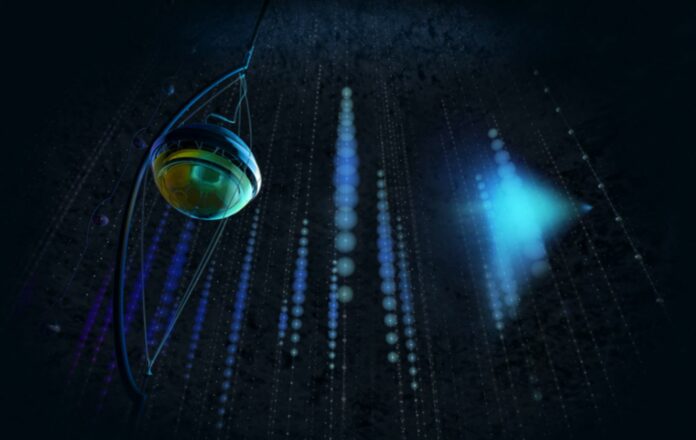A team of scientists, including University of Adelaide academics, detected neutrino particles released by an active galaxy millions of light years away.
NGC 1068, often known as Messier 77 in the constellation Cetus, has been discovered to be a high-energy neutrino emitter by astronomers. Using the Antarctic IceCube Neutrino Observatory, they have studied the particles.
“We are peering inside active regions of the NGC 1068 galaxy 47 million light years away,” says Associate Professor Gary Hill, from the University of Adelaide’s Department of Physics, School of Physical Sciences and member of the international IceCube Collaboration.
“As we observe neutrinos emitted by it we will be able to learn more about the extreme particle acceleration and production processes occurring inside the galaxy, which hasn’t been possible up to now as other high energy emissions can’t escape from it.”
Neutrinos are subatomic particles that typically move through every area of the Earth and human bodies at a rate of one trillion per second. However, they seldom ever interact with anything, which makes it challenging to detect them.
The IceCube Neutrino Observatory at the Amundsen-Scott South Pole Station, which was completed in late 2010, conducted the observations. NGC 1068 can be seen with big binoculars and has been the subject of several astronomical observations.
In 2018, IceCube found the first source of neutrinos. They came from TXS 0506+056, a blazar that is very far away and is powered by a super-massive black hole that shoots particles straight at Earth. This resulted in the simultaneous observations of neutrinos and gamma rays for a brief period of time.
About 80 neutrino occurrences have so far been identified from the active galaxy, NGC 1068, which is about 100 times closer. Unlike the TXS 0506+056 blazar, NGC 1068 is facing Earth in such a way that dust blocks a direct view of the central region that is emitting. Gamma rays are taken in, but neutrinos can move freely through these areas.
“After the excitement in 2018 of the discovery of neutrinos from TXS 0506+056, it’s even more thrilling to find a source producing a steady stream of neutrinos that we can see with IceCube,” adds Associate Professor Hill.
“The fact that neutrinos can escape from within these otherwise-obscured regions of the universe means they are also hard to detect. This requires large detectors like IceCube, which is the current leader in the field with an instrumented volume of a cubic kilometre of deep South Pole ice.”
Many neutrinos pass through the Earth without being detected, but some interact in the ice near the detector and produce muons, which emit flashes of light that are detected by IceCube’s more than 5000 basketball-sized optical sensors spread across 86 strings, deployed into holes drilled to nearly 2500 meters depth and now permanently frozen into the deep ice. The patterns of light are used to figure out where and how fast the particles are coming from.
“One of the best aspects of my research journey so far has been the time I have spent at the South Pole over many summer seasons working on the installation teams deploying the detector strings into the ice” adds Associate Professor Hill.
“The enormous size of IceCube required many years of effort from hundreds of people around the world to complete construction and understand the response to high energy particles. In a few years we’ll be back to the South Pole to put more instruments into the ice, as part of an effort to further improve the detector.”
The detector will be enhanced in the future with IceCube-Gen2, which will be able to observe at even higher energies, resolve more of these sources, and detect many more neutrinos.
The IceCube Collaboration, which is made up of more than 350 scientists from 58 different places around the world, runs the IceCube Neutrino Observatory.
Source: 10.1126/science.abg3395
